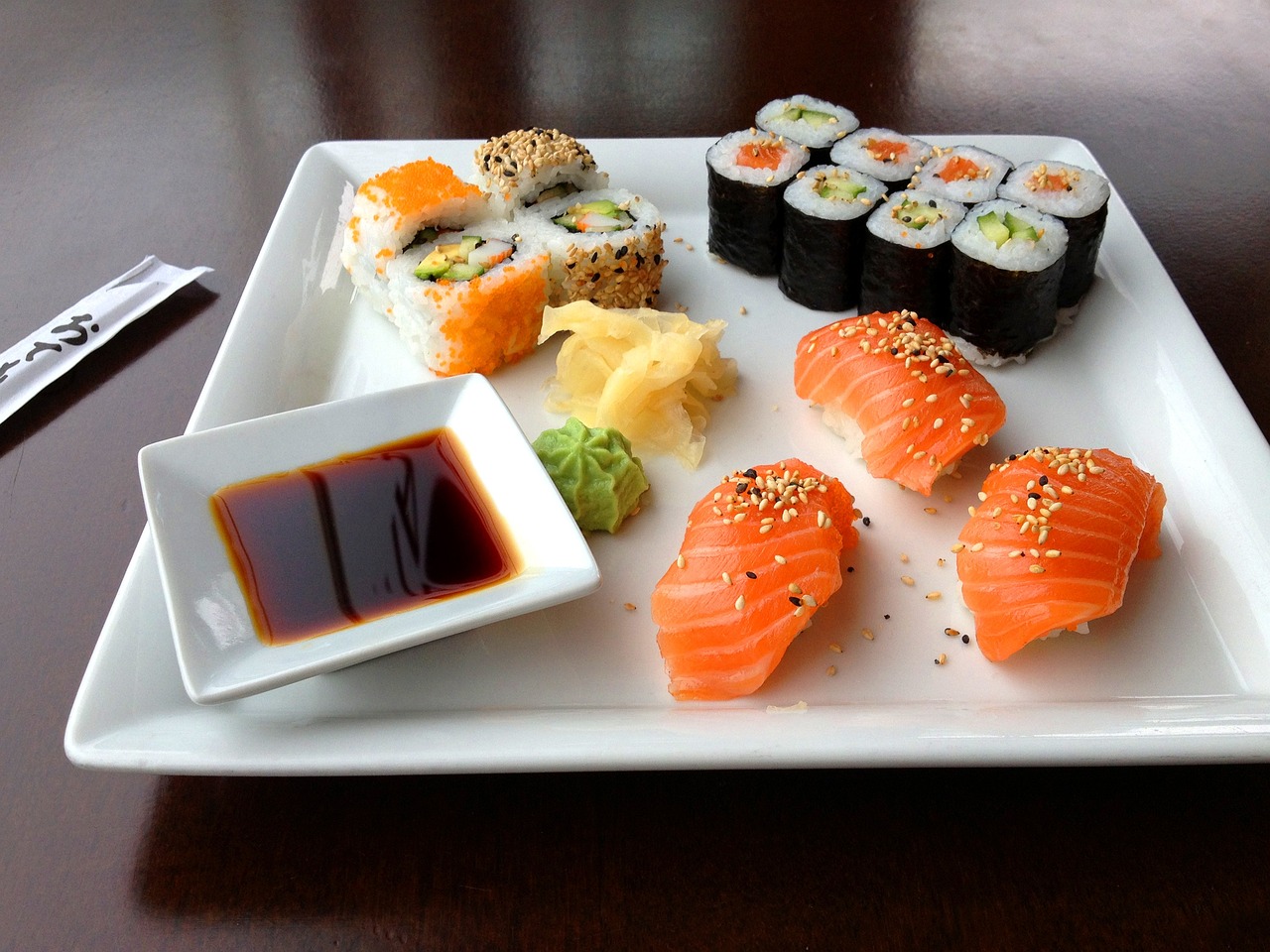Some products we think are healthy aren’t necessarily. Here are five foods that seem healthy at first glance but should only be enjoyed in moderation.
Eating right is sometimes more complicated than you think. If you avoid too fatty, sweet or salty products, you’re giving up a not-insignificant number of foods sold in supermarkets. Even products we believe are good for our health can be very high in calories or contain harmful substances.
Sushi: a real calorie bomb
The year is 2023, and everyone has known for a long time that hamburgers (which are sometimes combined with hot dogs), incredible as they may be, should not be eaten every day. But then what to order for a change? How about sushi? After all, sushi has fish in it, and fish is healthy.
The thought is not wrong. The problem is that sushi consists of fish and other side dishes such as avocado, ginger, and rice! And not just any rice: vinegar rice vigorously dipped in soy sauce. The result: sushi has significantly more calories than you might think.
In her book Eat To Lose, Eat To Win, Dr. Rachel Beller claimed that sushi has as many calories as burgers (plus, too many sushi rolls can supposedly lead to poisoning). Well, the reality is a bit more complex, but according to Marie Claire, a dozen of 6 salmon sushi equals 480 kcal, which is the caloric intake of a Big Mac (500 kcal).
Surimi: little sticks full of additives.
Thanks to marketing, we associate anything from the sea with healthy food. Not necessarily rightly so. That’s true of sushi, as we’ve just seen, but it’s also true of surimi.
Much like meatballs, no one knows precisely what they contain, and this should make you sit up and take notice: surimi contains crab, but only in small amounts (they must contain at least 30% crab meat to earn that designation).
Instead, they contain numerous additives such as polyphosphate, which could lead to various health problems if consumed in excess (cardiovascular disease, osteoporosis, etc.), glutamate, sugar and salt in large quantities.
The so-called “light” soft drinks.
While Pepsi Light, Coke Zero and similar soft drinks contain no sugar, that doesn’t automatically make them healthy. That’s because manufacturers use other substances that aren’t necessarily healthier to replace the famous white grains, such as aspartame—a “possibly carcinogenic” substance, according to a recent WHO statement.
In an interview with Le Parisien, Dr. Jimmy Mohamed comments:
By fooling the brain, these fake sugars activate the reward circuit but do not stimulate the satiety hormone (leptin) production. As a result, they tempt you to eat more, which leads to the opposite of the desired effect.
Packaged salads
Adding something green to your plate is usually an excellent idea. Salad brings only good things: fibre, vitamins, minerals, antioxidants, etc.…. But the problem is that the ready-made salads you can buy in the supermarket are often sold with a dressing that is not healthy and some slices of cold cuts.
Fortunately, you can get around the problem by using olive oil and “favouring salads with vegetables other than lettuce, such as kale, Brussels sprouts and broccoli, to increase nutrient density,” as Insider advises.
Vegan sausage and vegan meat
It is well known that too much meat consumption is bad for health. Therefore, more and more people turn to vegetarian or vegan products (even at Oktoberfest, there are vegan sausage variants). For example, “vegan sausages” have appeared on the shelves for several years.
On paper, these imitation meats are an ideal alternative to meat, and their taste quality has dramatically increased. We are far from the nasty soy steaks of 15 years ago! The problem is that the manufacturers of the steaks are not stingy with the use of additives to replace the taste of meat, much like light sodas. Dr. Cocaul in Le Parisien commented:
Their salt content and caloric intake are sometimes too high, with fat consistently added to make the product melt in the mouth better. In addition, industrially produced imitation meats are ultra-processed products packed with additives to give them a meat-like texture and evoke the taste of meat.
-source: gentside.de/picture: Image by Nile from Pixabay
This post has already been read 3726 times!



